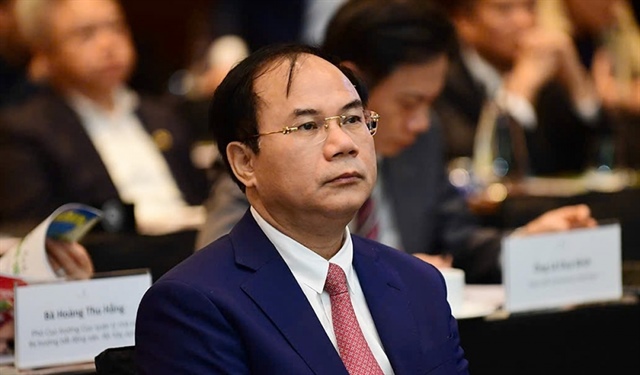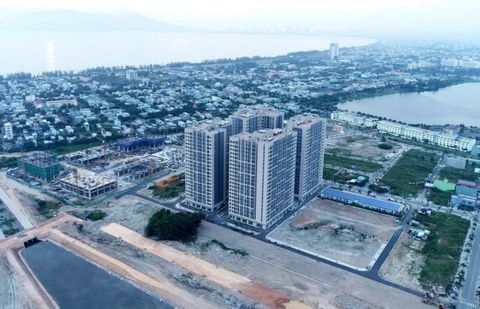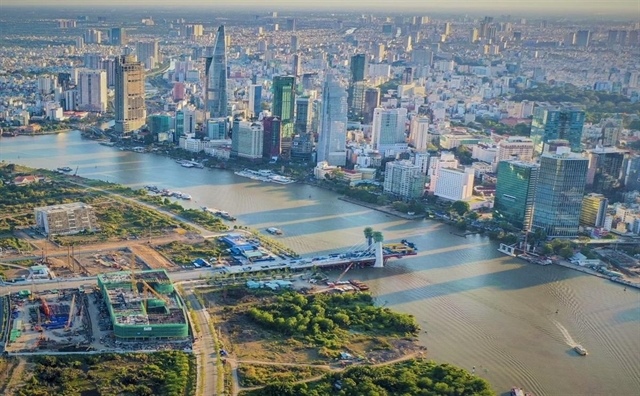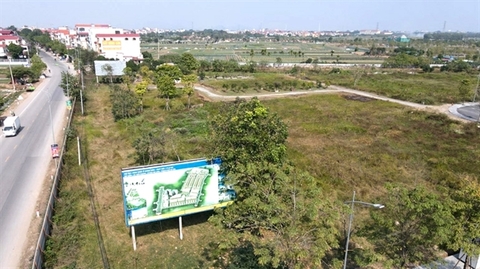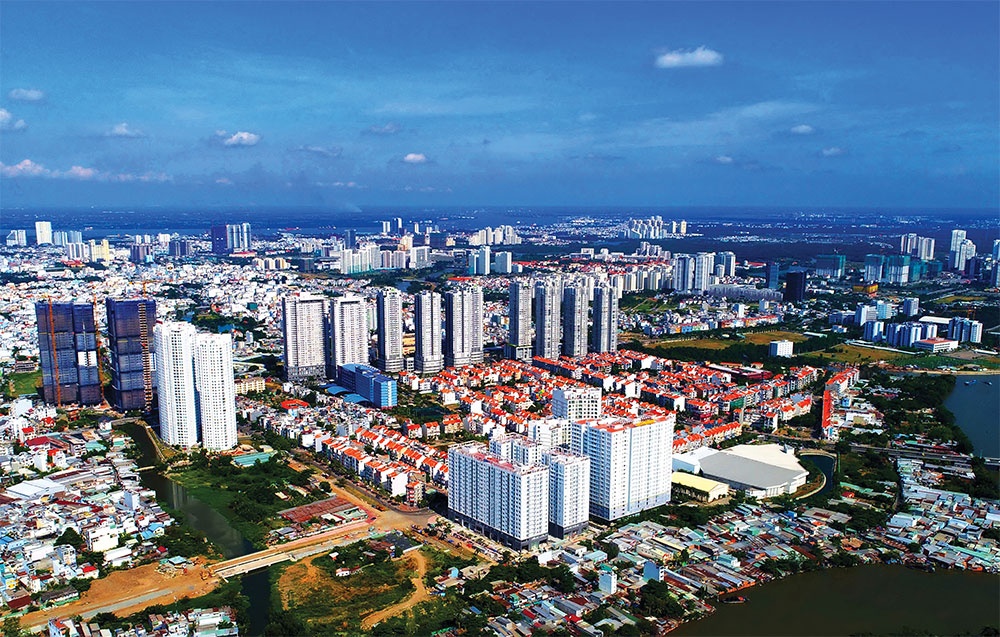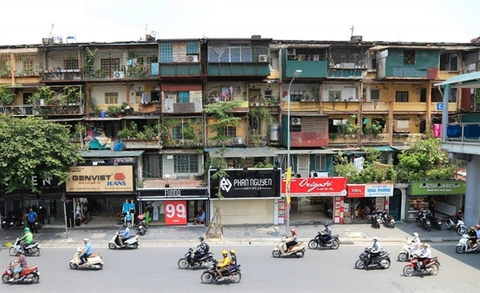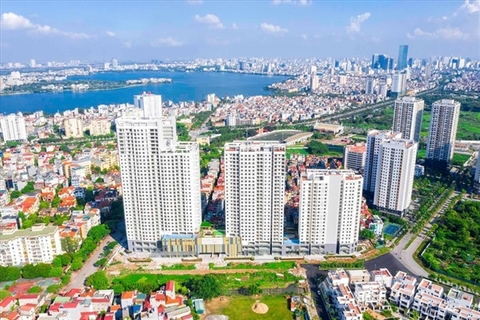UKVFTA brings more investment to Viet Nam real estate market
UKVFTA brings more investment to Viet Nam real estate market
Viet Nam's real estate market is seeing more investment from the UK thanks to the UK-Viet Nam Free Trade Agreement (UKVFTA).
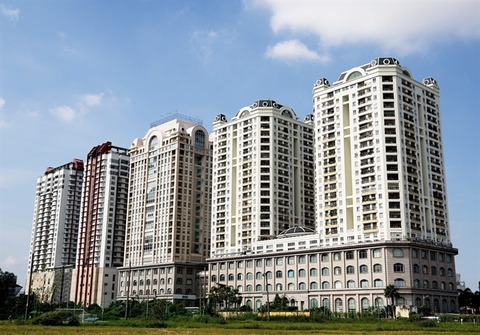
The UK is known for consulting services, especially in the real estate industry. Real estate is not only the choice of many investors but also a safe and very effective investment channel, according to Savills Viet Nam, a UK real estate consulting provider in Viet Nam.
"This agreement is likely to promote the expansion of UK businesses in Viet Nam, and we expect interest from companies in data centres, high-tech manufacturing, financial services, high-tech services and possibly pharmaceuticals too," Matthew Powell, director of Savills Hanoi, told Viet Nam News.
"These businesses will demand real estate across the country, which could range from manufacturing plants or office space. There has been an increased interest and demand from UK companies. Viet Nam has been very much on the agenda and the two countries continue to have investment conferences."
"We could see institutional investors on the commercial market with interesting Grade A office properties like Techcombank Tower 6 Quang Trung."
With a dynamic industrial scene, Viet Nam might also see players in industrial data centres or logistics. However, we expect the focus to largely be on services and financial services, he said.
In addition, "we expect that investment from the UK will be related to services, pharmaceuticals, engineering specialists, high-tech manufacturing, aviation, financial services, and other export industries from the UK."
Although Asian countries like Singapore and South Korea lead investment, there are several active multinationals from the UK in Viet Nam, especially in the financial services sector. For example, Standard Chartered launched its new head office in Ha Noi at Capital Place in June.
"Currently, interest is largely Asian based, but we could see a rise in UK curiosity," Powell said.
On December 29, 2020, the UK and Viet Nam signed the free trade agreement (UKVFTA) with an aim to pave the way for continued and increasing trade between the two countries. The agreement came into effect on May 1, 2021.
As can be seen from previously signed agreements, participation in trade agreements can bring great benefits to the investment market in Viet Nam, according to Cushman & Wakefield Vietnam. A good example is the US$1 billion capital flow from Denmark for the Lego factory project in Viet Nam, after the EU-Viet Nam Free Trade Agreement (EVFTA) came into effect.
"Thus, we have high confidence that the UKVFTA will also help attract more investors from the UK to Viet Nam," Trang Bui, Country Head of Cushman & Wakefield Vietnam, told Viet Nam News.
"The UK's property market is mature and established, their investors are thus more willing to deploy capital on assets that are already in operation, and have generated profit, with high stability and low risks," Trang said.
"This strategy can seem different from investors from other regions in the world. In general, cross-border investors always need some time to adjust capital flows and seek out the right opportunities in developing countries like Viet Nam."
"To maximise the potential benefits of the UKVFTA, Viet Nam needs to constantly change and improve policies and business environment according to strict requirements posed by foreign investors. Through this process of continuous improvement and adaptation, the country's competitiveness will rise to new heights on the global investment map," she said.
As of May 2022, the UK has a total of 462 investment projects in Viet Nam, with a total registered investment capital of $4.15 billion.
UK investors invested the most in Viet Nam's manufacturing and processing industry with 120 projects registered investment capital of nearly $1.6 billion, accounting for nearly 40 per cent of total investment capital.
The second was the real estate industry with 23 projects having an investment capital of $1.04 billion, accounting for 26 per cent of the total investment capital.


